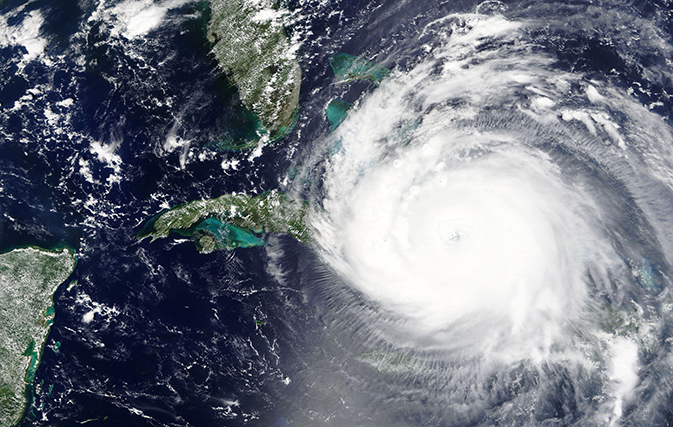PANAMA CITY — The third-most powerful hurricane to hit the U.S. mainland in recorded history left a wide path of destruction across Florida and Georgia. And it’s not done yet.
Hurricane Michael finally weakened to a tropical storm on Thursday, no longer a Category 4 monster packing 155 mph (250 kph) winds. But it was still menacing the Southeast with heavy rains, blustery winds and possible spinoff tornadoes, soaking areas swamped by epic flooding last month from Hurricane Florence.
By 5 a.m., Michael’s eye was about 45 miles (72 kilometres) west of Augusta, Georgia, packing top winds of 50 mph (80 kph) and moving at 21 mph (33 kph) into South Carolina, the National Hurricane Center in Miami said.
Thousands of law enforcement officers and search and rescue teams rolled out in its wake to find survivors amid the wreckage of homes where people defied evacuation orders. Michael washed away white sand beaches, hammered military bases and destroyed coastal communities, stripping trees to stalks, shredding roofs, toppling trucks and pushing boats into buildings.
It will take some time for residents of north Florida to take stock of the enormity of the disaster. Reaching the worst-hit areas wasn’t easy. The Florida Highway Patrol closed 80 miles of Interstate 10, the main east-west route along Florida’s Panhandle, to clear debris.
More than 780,000 homes and businesses were without power Thursday in the wake of the storm.
Families tentatively emerged from darkened shelters and hotels to this unfamiliar and perilous landscape, under a perfectly clear blue sky, to the sounds of a Coast Guard helicopter hovering over damaged neighbourhoods, beeping security alarms and the occasional sirens of police and fire department vehicles.
Gov. Rick Scott said search and rescue efforts would be “aggressive.”
“Hurricane Michael cannot break Florida,” Scott vowed.
Michael sprang quickly from a weekend tropical depression, going from a Category 2 on Tuesday to a Category 4 by the time it came ashore. More than 375,000 people up and down the Gulf Coast were ordered or urged to evacuate, but it moved so fast that people didn’t have much time to prepare, and emergency authorities lamented that many ignored the warnings, thinking they could ride it out.
Based on its internal barometric pressure, Michael was the third most powerful hurricane to hit the U.S. mainland, behind the unnamed Labor Day storm of 1935 and Camille in 1969. Based on wind speed, it was the fourth-strongest, behind the Labor Day storm (184 mph, or 296 kph), Camille and Andrew in 1992.
